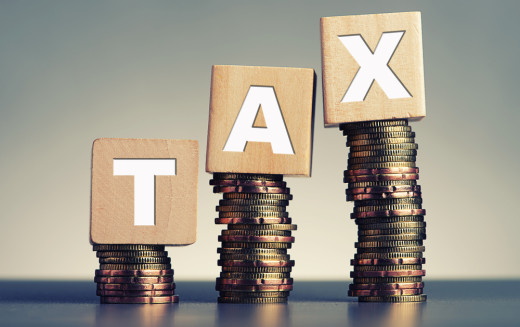Last week the Census Bureau reported retail sales for December, and the numbers weren’t pretty. Sales dropped 0.1% overall last month, and were down the same 0.1% when auto sales were excluded. Removing volatile gasoline sales only moved the number to flat. Making matters worse, retail sales increased a paltry 2.1% for all of 2015 – the smallest gain since 2009, and well below the 3.9% growth in 2014.
The report justified our negative view on earnings. Fourth-quarter numbers should be ugly. All of this plays right into our forecast for a general market decline and tough economic conditions in the months ahead.

But it also means something else.
Higher taxes.
Over the past five years, the U.S. budget deficit, as well as those of most states, has improved. Through a combination of higher sales tax receipts, higher tax rates in general and higher capital gains taxes, government entities have pulled in a lot of cash. But the days of easy tax revenue growth are over.
Consumers aren’t spending more, and in some cases are spending less, as noted by retail sales. This cuts into sales tax growth. Falling markets put the kibosh on capital gains tax revenue, which has been a constant source of cash in California, in particular.
These two trends cramp the spending style of governments large and small, leaving them with few options. They can curb their spending (don’t hold your breath for that one), or they can raise tax rates.
As the U.S. economy struggles in the face of a global economic downturn, expect tax rates to move up… and then go even higher.
While falling revenue might cause the federal government and states some short-term pain, the real problem is that their costs keep climbing. It almost doesn’t matter what happens in Congress or in state legislatures across the country. Even if they held their spending flat, costs would still jump because they have non-discretionary expenses such as Social Security and pensions, which are zooming out of control.









Leave A Comment